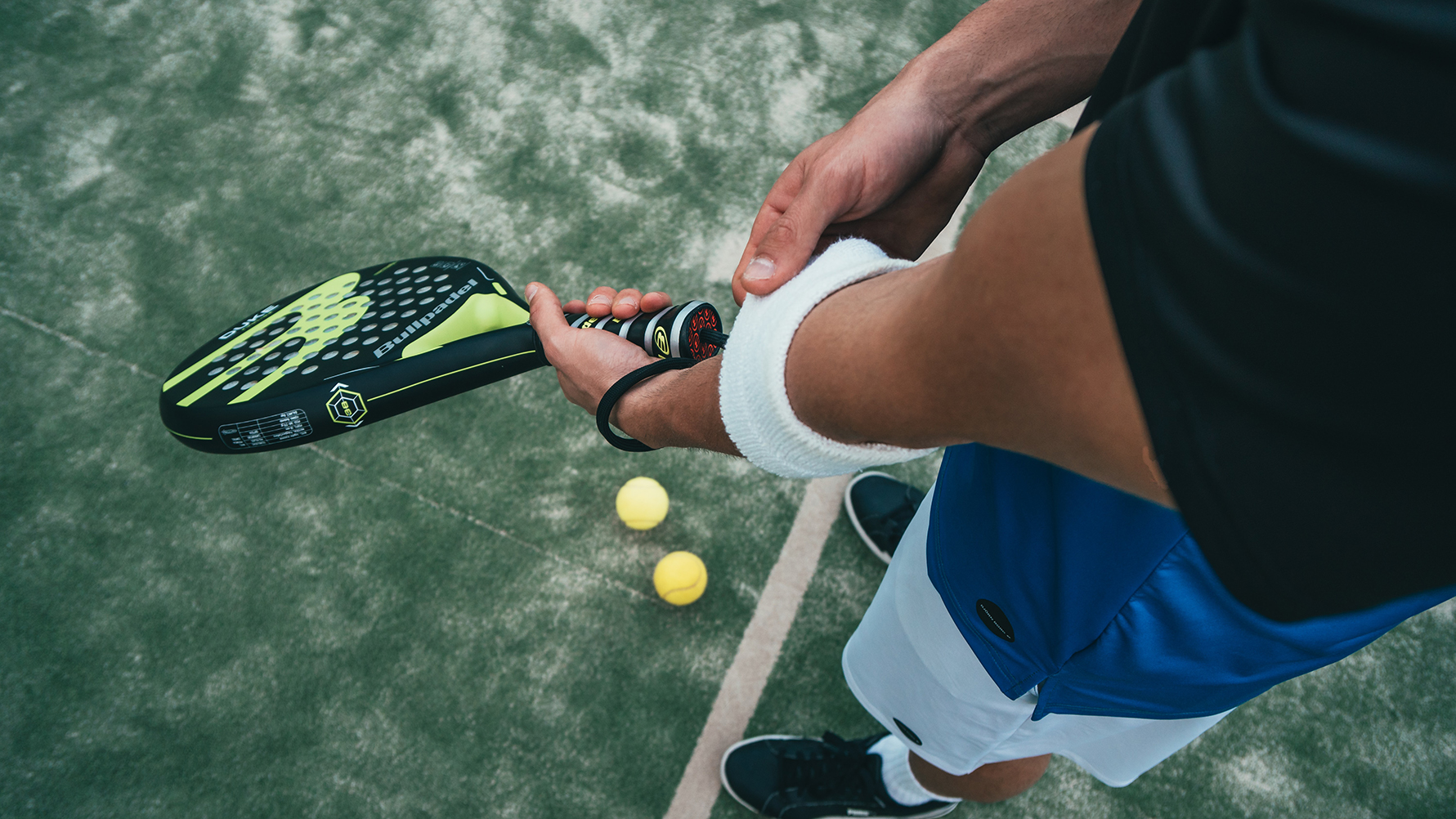[ad_1]
A point on the body can, with proper scientific measurements, indicate a person’s state of health, rate of aging and diseases such as heart disease and cancer – Did you know?
The human hand it is something remarkable. Not only does it allow us to climb, fly and pick things up, but it can also be an indicator of health, as scientists from Lancaster University report in their new paper.
Using grip strength—which assesses the amount of pressure a person can produce with their hand grip—the researchers were able to record the power of a person, but also find out the rate at which the person is aging, and even diagnose diseases such as heart deseases and Cancer.
As mentioned in the related study, men in their 20s and 30s usually have the most strength, while women over 75 have the least. In people aged 20-29, the average grip strength is 46 kg for men and 29 kg for women, with the numbers dropping to 39 and 23.5 kg respectively at the age of 60-60.
According to the findings of study leader Professor Adam Taylor, grip strength lower than the average for people of the same sex and age was associated with a risk of heart failure; while also indicating decisive changes in the structure and function of the heart. Similarly, other research has shown that lower grip strength is a strong predictor of cardiac death, death from any cause, and hospitalization for heart failure.
“Grip strength can also be seen useful in predicting cancer survival“, says Dr. Taylor. Although survival depends on other factors, such as the type of cancer and the time of diagnosis, the study suggested that the greater the patients’ grip strength, the better their chances of surviving non-small cell lung cancer.
The diagnosis with colon, prostate and lung cancer in men and with breast and lung cancer in women was related to a five-pound reduction in grip strength in people aged 60-69 years. This reduction was also associated with greater odds of dying from colon cancer in men and breast cancer in women.
Furthermore, the obesity has been linked to lower grip strength later in life, with recent work looking at diabetes and grip strength showing that people who develop type 2 diabetes they have a weaker grip. This is likely due to the presence of fat in the muscles, making them less efficient and thus increasing inertia and exacerbating muscle wasting.
Finally, it should be mentioned that grip strength declines with age and research by experts from Lancaster University shows that aging causes a decrease in muscle mass (and function) at a rate of 1% per year from middle age onwards. This can result in a loss of up to 50% of muscle mass by age 80-90.
However, aging progresses at different rates for each person, which means grip strength can be reduced by age-related changes in the nervous system where signals don’t travel as quickly, or by muscle loss in the hands. Other scientific opinions argue that reduced grip strength in older adults is associated with lower cognitive function, but in any case more research is needed to verify the evidence and claims.
